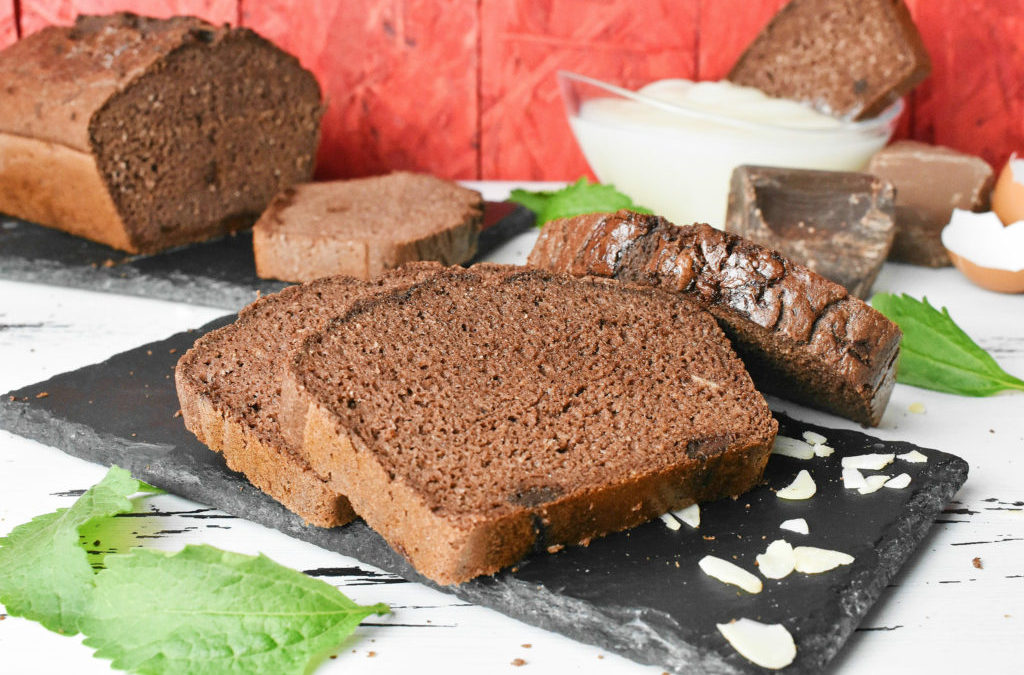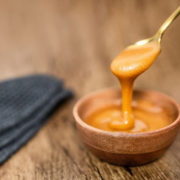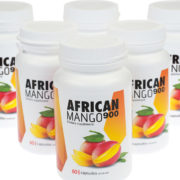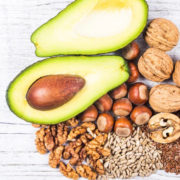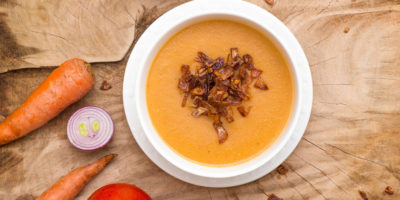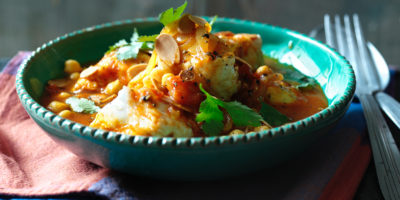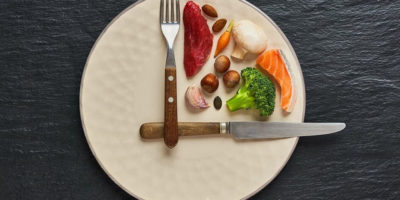A lot has improved in the last 20 years with the modern day pressure cooker. They’re most definitely safer than Grammies pressure cooker, and they’re built with style. Even though the pressure cooker was first built around 300 years ago, it’s become the leading cooking method for today. When food is cooked with pressure, it’s cooked the healthiest way possible. Food comes out tastier and faster than any conventional method. Meats come out tender and juicy, and vegetables are colorful and their flavors are intensified. Pressure cooking makes it easy for even the busiest cooks to prepare meals. With a 70% reduction in cooking times, your time spent slaving over the stove-top can be spent on more important things. Use your pressure cooker to make complete casserole style meals, or cook several foods at the same time and have a home cooked dinner served in minutes.
Nutrients
How meals are cooked can have a huge impact on their nutrient content. Cooking your food in an open pot of boiling water is the most effective way to destroy the vitamins. To conserve the most nutrients feasible, many experts recommend that you use as little water as possible. You should also cook your food as rapidly as you can because many vitamins are sensitive to water, heat and air exposure. Water used for cooking can dissolve and wash away water soluble vitamins, while the high temperature deteriorates them. Many vitamins including "B" and "C" are water soluble and the simple act of washing them takes away some of the vitamins. Fat soluble vitamins such as "E" and "D" are stored and metabolized with the fat in our bodies. Fat Soluble vitamins are not as sensitive as water soluble vitamins and are not cooked away so easily.
It is crucial to select the best cooking method that optimizes and keeps the nutrients in food. In a study published by Journal of the Science of Food and Agriculture, experts looked at the effects of different means of cooking broccoli. Up to 97 percent of specific antioxidant compounds were ruined by microwaving, while steaming the broccoli caused only 11 percent loss. Therefore, any cooking that lessens the time, temperature, and water will help to retain nutrients. Pressure cooking under steam is one of the best methods because it minimizes time and calls for little water.
The super-heated steam which is created by high temperatures within a pressure cooker, makes the food cook swiftly, and intensifies the natural flavors. This enables cooks to use less salt, sugar, and use less costly herbs and seasonings and also get a far better taste. Pressure cooking creates an airless atmosphere that holds more nutrients than other cooking methods. When food is cooked with less liquid, more vitamins, minerals, and other nutrients are preserved and not boiled away during cooking. The procedure of cooking in a steam environment is virtually a fat-free method of cooking as well.
As a rule, accelerated cooking approaches are much better for preserving nutrients than slower methods. Any type of cooking alters food in some way, and more nutrients are wasted when food is subjected to heat, light, moisture and air. The order in which nutrients are typically preserved from quickest to slowest is: Pressure Cooking, Microwaving, Steaming, Stir-frying, Poaching, Roasting, Baking and Broiling.
There are a few tips you can utilize to maintain nutrients. Leaving vegetables in larger portions will minimize the surface area of food. That way fewer vitamins are damaged when they are subjected to air. Always cover your pot to hold in steam and heat. This will also assist in decreasing your cooking times. Leftover cooking water can be used for: sauces, stews, soups or vegetable juice.
It’s not tough to see why a lot of people are beginning to catch on to pressure cooking. They’re efficient, save electricity, lock in nutrients, safe to use, designed to last and highly flexible.



